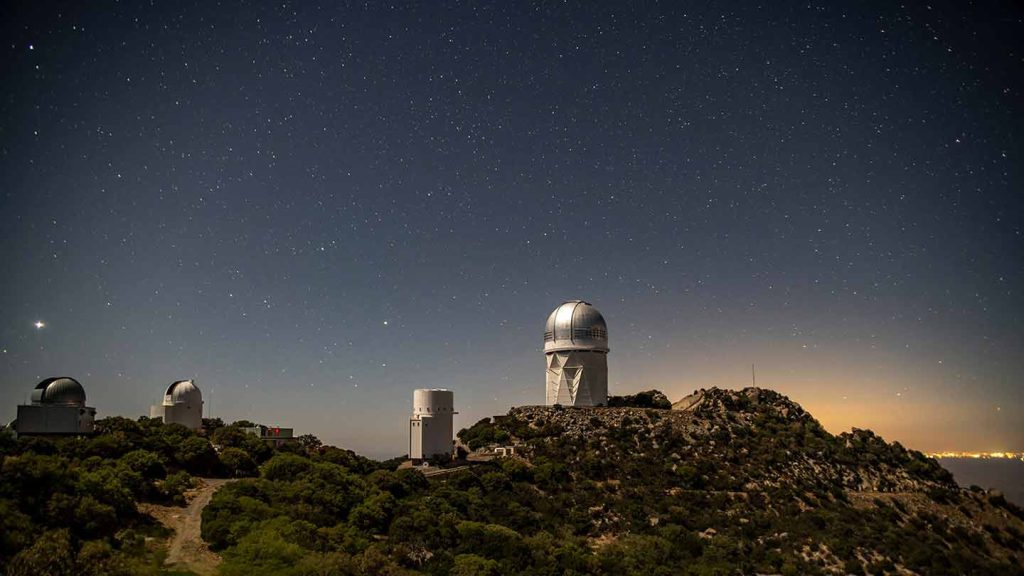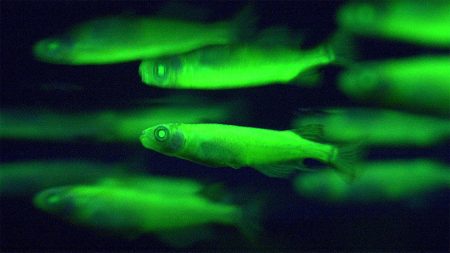A recent comprehensive survey discovered an astonishing increase in the number of active black holes residing in dwarf galaxies as well as the largest collection of intermediate-mass black holes to date. The findings, outlined in a paper submitted to arXiv.org, revealed that around 2,500 dwarf galaxies contain active black holes at their centers, a significant increase from the previous count of about 500. Additionally, the team located nearly 300 new intermediate-mass black hole candidates, a substantial boost from the earlier identification of around 70 potential detections.
These discoveries pave the way for further research on these black holes in a collective manner rather than in isolation, which could provide insights into the evolution of both black holes and galaxies. This large-scale study offers the opportunity to answer fundamental questions about the formation and growth of black holes and galaxies. Scientists are particularly interested in understanding the relationship between galaxies and black holes, such as which formed first and whether one entity controls the other.
Dwarf galaxies and midsize black holes serve as crucial subjects for investigation in unraveling the mysteries of galaxy and black hole development. These entities are believed to represent the early stages of growth before experiencing numerous mergers with other galaxies and black holes over cosmic time. To comprehend the full picture of galaxy formation and evolution, scientists aim to grasp the evolutionary processes of these small galaxies.
By utilizing data from the Dark Energy Spectroscopic Instrument (DESI), researchers were able to construct a vast 3-D map of the universe, observing nearly 1.5 million galaxies within its first year. The team focused on identifying dwarf galaxies that emit specific wavelengths of light associated with an actively feeding black hole. Their analysis revealed that approximately 2% of the 115,000 dwarf galaxies studied exhibit this emission, a significant increase compared to previous surveys.
In addition to detecting active black holes in dwarf galaxies, the team also determined the masses of over 4,000 black holes in various galaxies. The search for intermediate-mass black holes, with masses ranging from 100 to a million times that of the sun, provided insights into the formation and growth of these black holes. The findings indicated that the first black holes in the universe were relatively lightweight, leading to further investigations with advanced telescopes like the James Webb Space Telescope (JWST).
Despite these significant discoveries, more black holes await detection, with the full data from the DESI survey set to be released in the coming years. Scientists remain eager to explore the vast cosmic landscape and delve deeper into the mysteries surrounding black holes and their interaction with galaxies. The survey serves as a critical step towards enhancing our understanding of the cosmos and uncovering the secrets hidden within these enigmatic celestial bodies.















